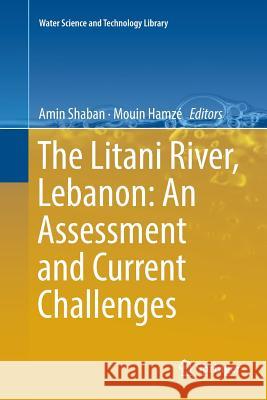The Litani River, Lebanon: An Assessment and Current Challenges » książka
topmenu
The Litani River, Lebanon: An Assessment and Current Challenges
ISBN-13: 9783030094577 / Angielski / Miękka / 2018 / 179 str.
Kategorie:
Kategorie BISAC:
Wydawca:
Springer
Seria wydawnicza:
Język:
Angielski
ISBN-13:
9783030094577
Rok wydania:
2018
Wydanie:
Softcover Repri
Ilość stron:
179
Waga:
0.28 kg
Wymiary:
23.39 x 15.6 x 1.07
Oprawa:
Miękka
Wolumenów:
01
Dodatkowe informacje:
Wydanie ilustrowane











